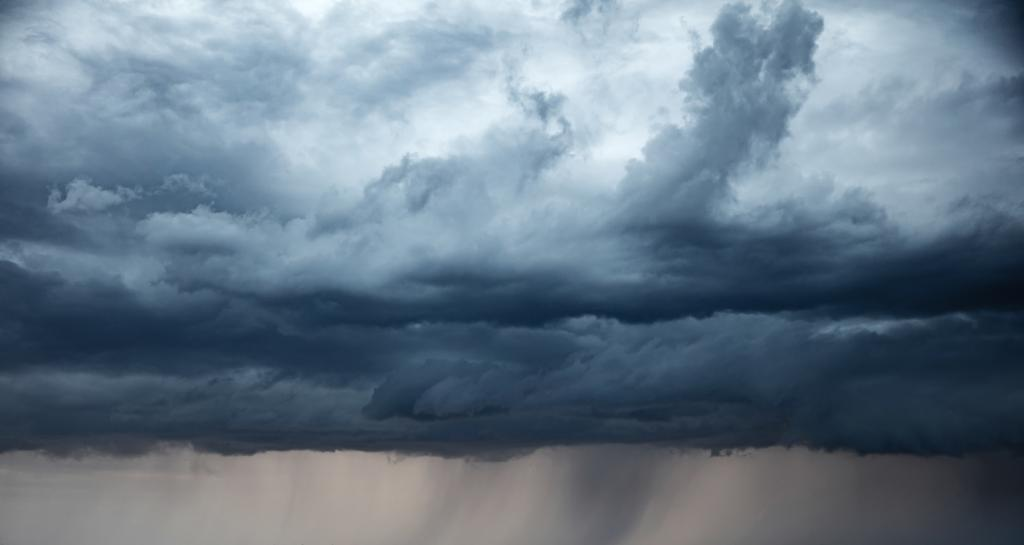Free Courses Sale ends Soon, Get It Now


Free Courses Sale ends Soon, Get It Now



Copyright infringement not intended
Picture Courtesy: https://www.downtoearth.org.in/news/africa/after-hidaya-now-cyclone-laly-strikes-east-africa-two-dead-dozens-injured-in-kenya-somalia-96322
Context: Cyclone Laly, a rare occurrence in the latitude range it struck, has caused widespread destruction in East Africa.
Cyclone Laly's Impact
Cyclone
Formation
Stages of Development
Effects
|
Cyclones are given names for easier identification in communication and media coverage. Different regions have their own naming conventions. For example, the World Meteorological Organization maintains lists of names for cyclones in various basins around the world. |
Conclusion
Must Read Articles:
Source:
|
PRACTICE QUESTION Q. Consider the following statements: Statement 1: Cyclones weaken rapidly once they make landfall. Statement 2: Land interaction disrupts the warm water supply to cyclones, leading to their weakening. Which one of the following is correct in respect of the above statements? A) Both Statement-1 and Statement-2 are correct and Statement-2 is the correct explanation for Statement-1 B) Both Statement-1 and Statement-2 are correct and Statement-2 is not the correct explanation for Statement-1 C) Statement-1 is correct but Statement-2 is incorrect D) Statement-1 is incorrect but Statement-2 is correct Answer: A |
© 2024 iasgyan. All right reserved